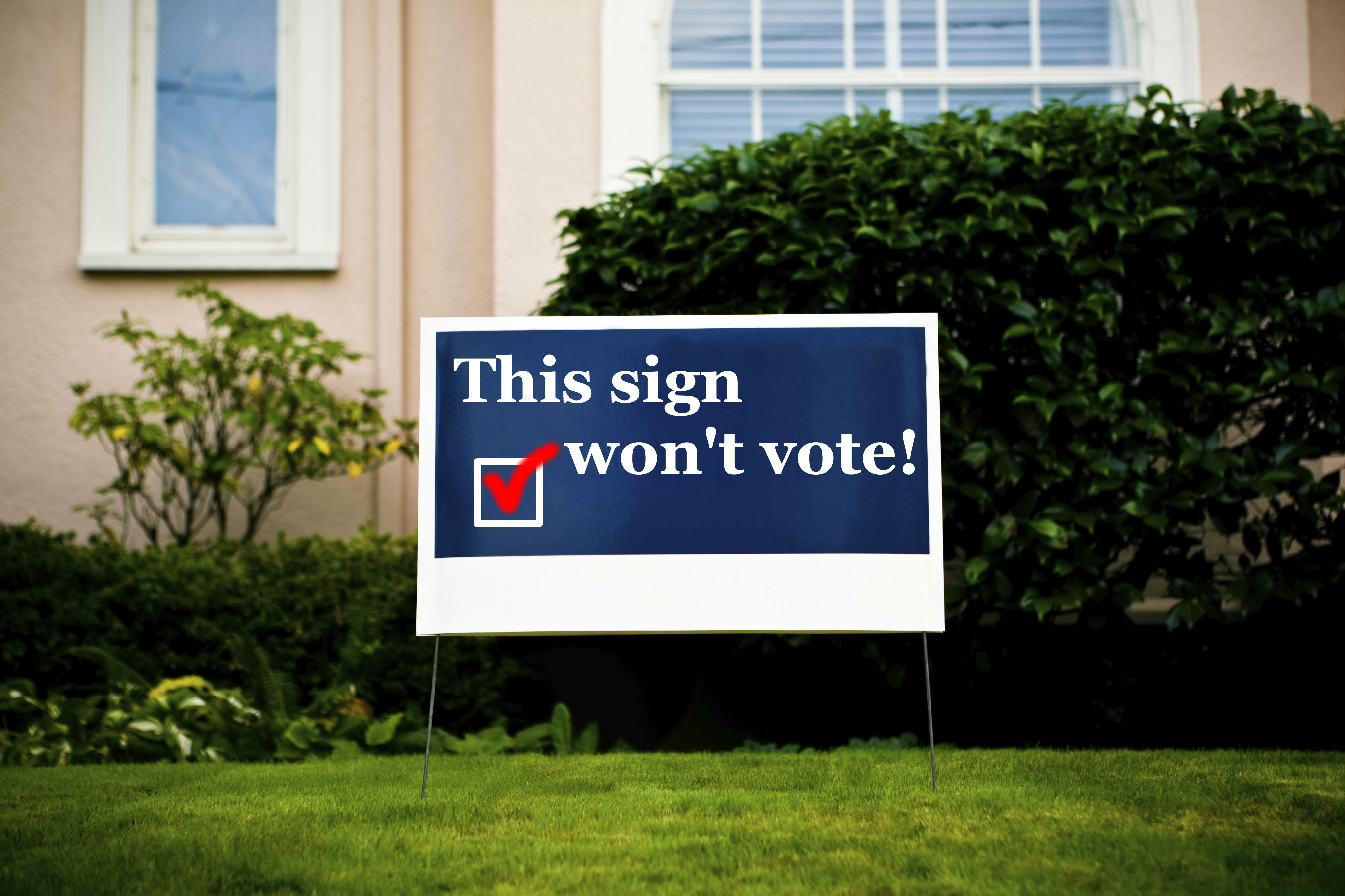
By Lisa Soronen
Sign lawyers (yes, there is such a thing) agree on one thing and disagree on another. They agree that many sign codes in the United States had problems before the U.S. Supreme Court decided Reed v. Town of Gilbert, Arizona this past summer. They disagree on how big of a deal the Reed decision is and more specifically on how much Reed changed sign law.
Regardless of who is right post-Reed, your community’s sign code is still in trouble. The good news is that many of the problems are fixable even if the solutions aren’t perfect.
The Supreme Court had been clear before Reed that content-based distinctions in sign codes could be unconstitutional. What the Court wasn’t clear about was what exactly content-based distinctions are and how often, practically speaking, they are likely to be unconstitutional. In Reed, the Court adopted a broad definition of content based and concluded that content-based distinctions will almost always be unconstitutional.
Gilbert’s sign code treated temporary directional signs less favorably—in terms of size, location, duration, etc.—than political signs and ideological signs. The Supreme Court held unanimously that Gilbert’s code violated the First Amendment because it made content-based distinctions that in Justice Kagan’s words would not even pass “the laugh test.”
The Court’s Opinion
To summarize the Court’s opinion in five words: sign codes must be content neutral. Even if this sounds straightforward, it is much easier to understand what problems might exist in your sign code—and how to fix them—using real world examples.
According to sign lawyers before and after Reed, two of the most common problematic provisions in sign codes are special rules for political signs and real estate signs.
Take, for example, a sign code that specifically says 30 days before an election and five days after an election no permit is required for signs that are eight square feet or less and advocate for or oppose a particular candidate. So why is this provision content based? Well, only political messages are allowed on these signs.
To manage the clutter of too many yard signs while avoiding controlling the content of speech on signs, many communities limit the square footage of signage in a yard. Instead of creating special rules for political signs, communities could allow any message on a certain square footage of signs that would, of course, include political messages.
What about the fact that during an election season, many people want to display multiple political signs that could exceed the normal sign allotment? One option would be to waive the square footage limitation for a time period that would just so happen to coincide with elections. Yard signs with any noncommercial message, of course, would have to be allowed during this sign free-for-all period—not just additional political signs.
Now let’s look at real estate signs. It is not uncommon for sign codes to say that one real estate sign of a particular size and duration is permitted on each lot. Why is this provision content based? No other messages may be contained on such a sign.
What might be a solution that allows real estate signs? A sign code could say if a lot is for sale one additional sign of a particular size and duration is allowed on the lot. This provision would regulate signs based on location and activity, not content. Again, the homeowner could put any message on this additional sign but presumably would put up a message about the property being for sale.
These two examples illustrate the sense and the absurdity of Reed. On one hand, in a democracy where all ideas and opinions are allowed it seems only fair that political messages don’t get special treatment. On the other hand, having special rules for real estate signs makes good practical sense and hardly seems designed to limit the marketplace of ideas.
Revising Sign Codes a Must-Do
Local governments can, should, and must revise their sign codes to comply with Reed. While it might not be easy and all the fixes won’t make perfect sense, Reed provides communities an opportunity to ask themselves what they want their communities to look like and how they can get there creatively and legally.
New, Reduced Membership Dues
A new, reduced dues rate is available for CAOs/ACAOs, along with additional discounts for those in smaller communities, has been implemented. Learn more and be sure to join or renew today!
